Recent ancient DNA discoveries are reshaping our understanding of Roman and early medieval Britain. Far from being an isolated island after the fall of Rome, Britain was home to people of remarkably diverse origins. New genomic analyses of burials from Kent and Dorset reveal that individuals of African ancestry lived and integrated within Anglo-Saxon communities more than 1,300 years ago.
1) EAS003 – A Young Man from Kent with African Roots
The genome England_Saxon_oAfrica:EAS003.SG comes from a young man buried in Kent in the early 7th century CE. His DNA, studied in the 2024 paper “West African ancestry in seventh-century England”, revealed a striking mixture: roughly half of his ancestry was West African, the rest Northern European.
Isotopic analysis showed he likely grew up in Britain, suggesting he was the descendant of Africans already settled there—proof that diversity persisted after the end of Roman rule.
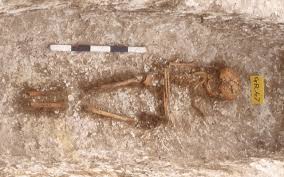
G25 Coordinates
England_Saxon_oAfrica:EAS003.SG,-0.114961,0.106631,0.030924,0.008075,0.021850,0.005020,-0.013631,0.013846,0.020248,0.006560,-0.000974,0.002098,-0.003419,-0.014588,0.019408,0.004508,0.004172,-0.003041,-0.006285,0.000875,0.008235,-0.009892,0.010723,0.010122,0.001796Genetic Modelisation of EAS003
The admixture model below shows the estimated ancestral components of EAS003 based on G25 coordinates and reference populations.
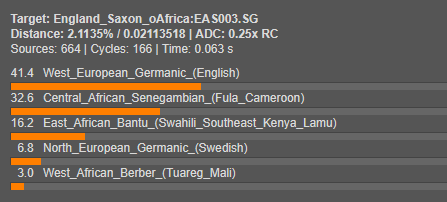
Composition:
- 41.4% West European Germanic (English)
- 32.6% Central African (Senegambian, Fula-Cameroon)
- 16.2% East African Bantu (Swahili Coast, Kenya-Lamu)
- 6.8% North European (Swedish-like)
- 3.0% West African Berber (Tuareg-Mali)
This unique mixture indicates a person of both African and Northern European descent, locally integrated within early Anglo-Saxon society.
2) KD010 – The Cosmopolitan Cemetery of Worth Matravers (Dorset)
In Dorset, another individual known as KD010 was found at the post-Roman site of Worth Matravers. Genetic and isotopic data from this site, published in the study “Ancient genomes reveal cosmopolitan ancestry and maternal kinship patterns at post-Roman Worth Matravers”, reveal a small but diverse community including individuals of African, Mediterranean, and local ancestry.
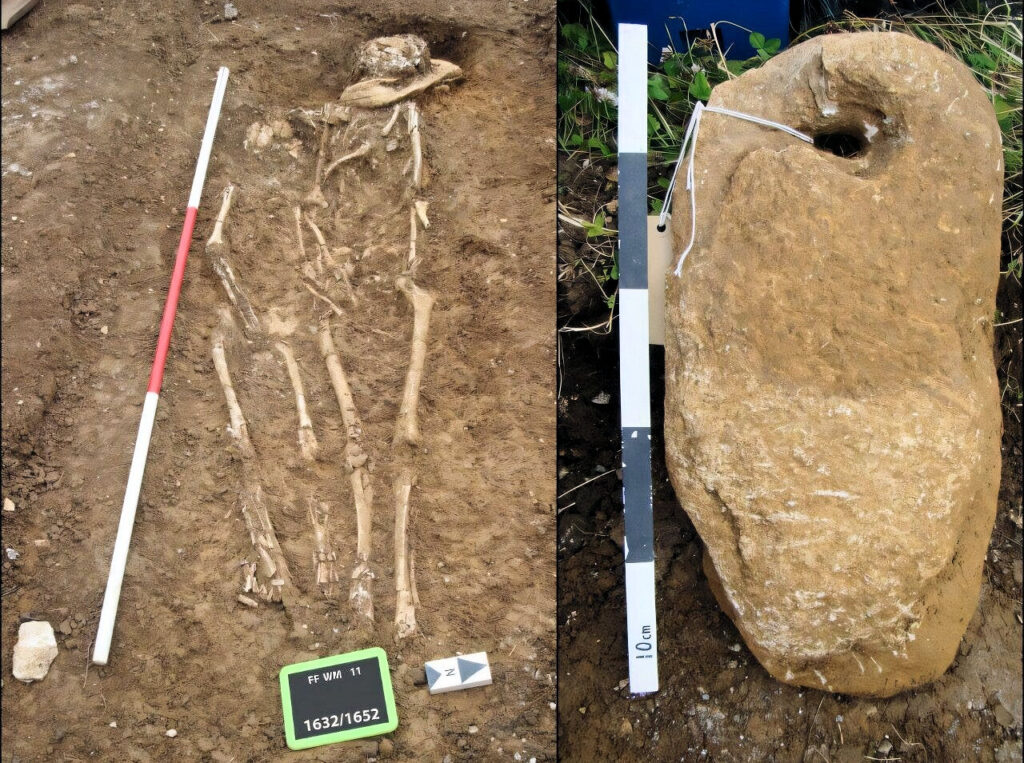
3) Roman York (Eboracum) — Multiculturalism in the 2nd–4th centuries CE
The first ancient genomes ever sequenced from Roman Britain came from York (Eboracum), published in Nature Communications 2016. O’Sullivan et al. analysed individuals from the Driffield Terrace cemetery—likely gladiators or soldiers—revealing that some carried clear North African ancestry, while others traced to the Near East or Europe. Roman York was a true microcosm of the Empire’s diversity.
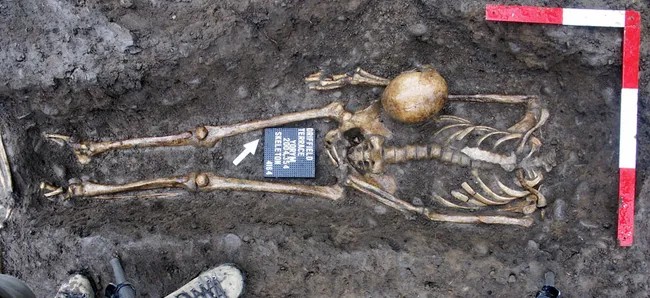
4) The Sarmatian Cavalryman of Britain
Another fascinating case from Current Biology (2023) (DOI: 10.1016/j.cub.2023.11.038) describes a man buried in Roman Britain showing Sarmatian ancestry—descended from nomadic horsemen once allied with Rome. This genetic signature links Britain’s Roman military population to far-eastern regions of the steppe, underlining the Empire’s global reach.
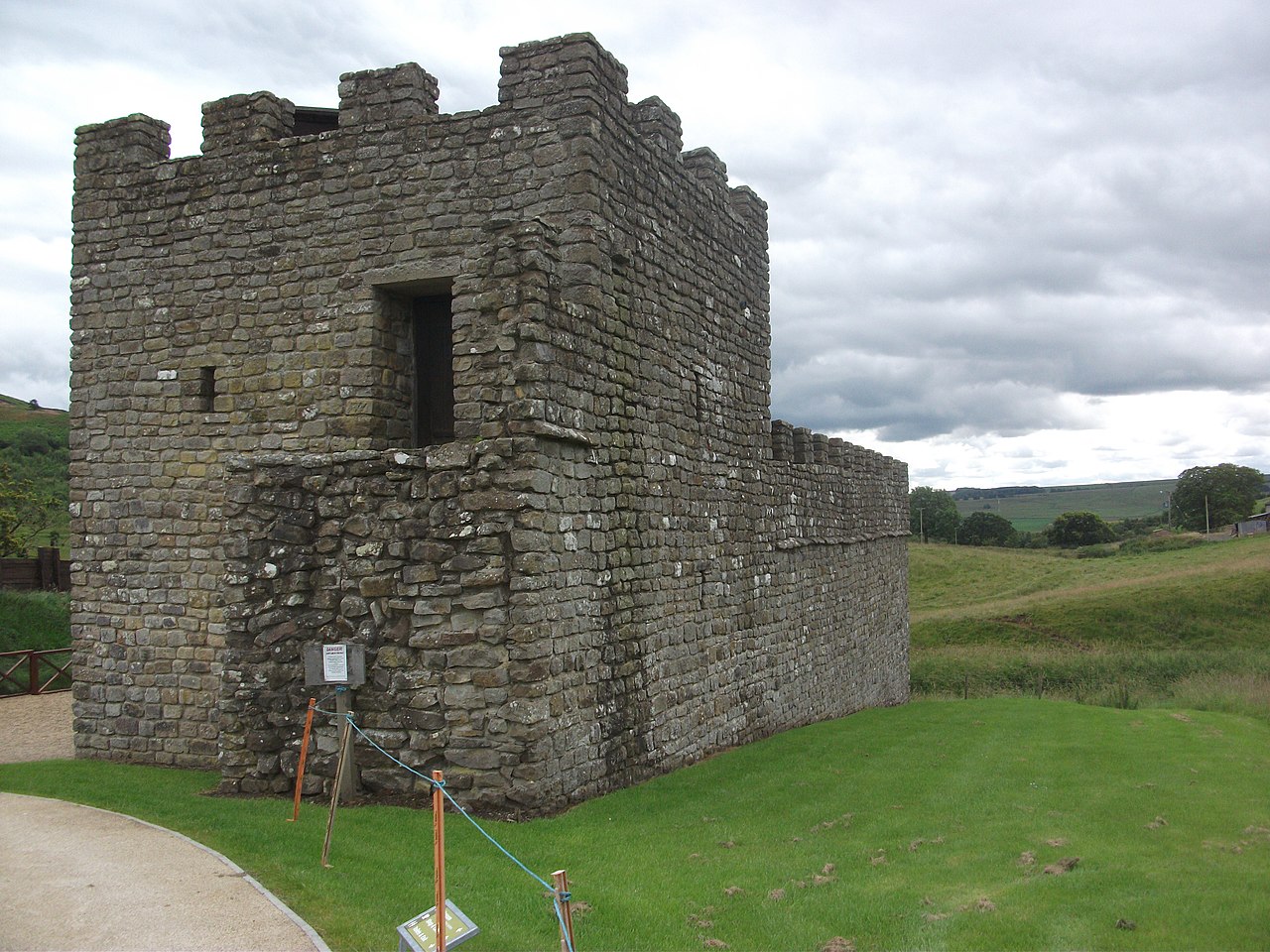
A Connected Island
Britain remained intertwined with the Mediterranean world even after the Roman withdrawal. The stories of EAS003 and KD010 show that global mobility and cultural interaction continued into the early medieval period. These are not stories of isolated outliers, but of integration—of people who embodied both African and European worlds in their very DNA.
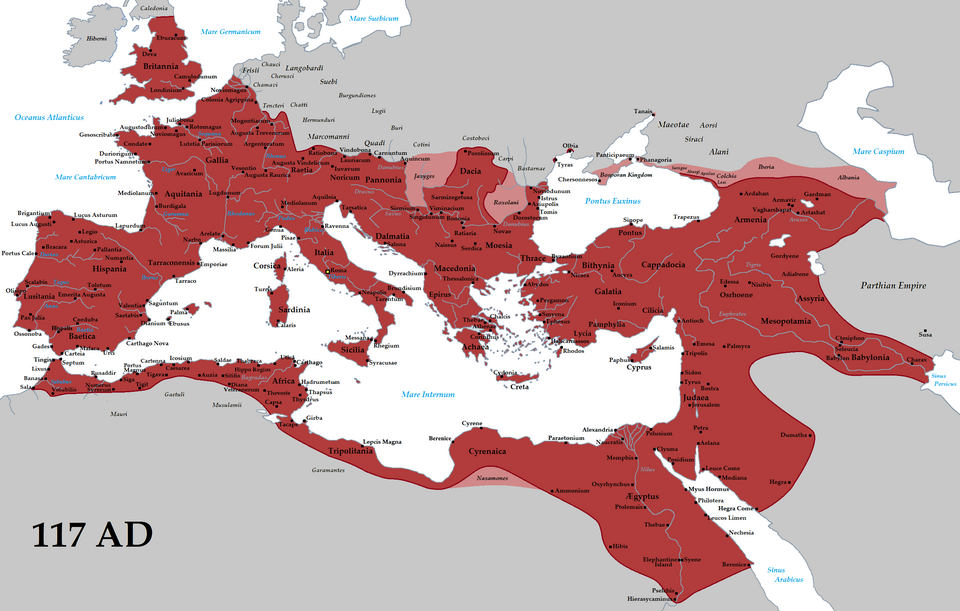
G25 Coordinates
Copy to clipboardEngland_Saxon_oAfrica:EAS003.SG,-0.114961,0.106631,0.030924,0.008075,0.021850,0.005020,-0.013631,0.013846,0.020248,0.006560,-0.000974,0.002098,-0.003419,-0.014588,0.019408,0.004508,0.004172,-0.003041,-0.006285,0.000875,0.008235,-0.009892,0.010723,0.010122,0.001796
References
- West African ancestry in seventh-century England: two individuals from Kent and Dorset. Cambridge University Press (2025)
- Ancient genomes reveal cosmopolitan ancestry and maternal kinship patterns at post-Roman Worth Matravers, Dorset. Cambridge University Press (2025)
- An individual with Sarmatian-related ancestry in Roman Britain Current Biology (2024)
- Genomic signals of migration and continuity in Britain before the Anglo-Saxons. Nature (2016)
